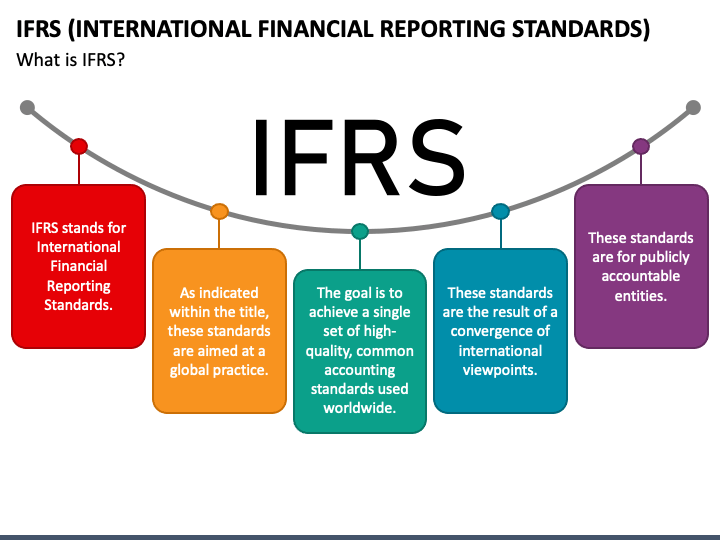IFRS 17, “Insurance Contracts,” is a groundbreaking international financial reporting standard issued by the International Accounting Standards Board (IASB). It provides a consistent and transparent framework for recognizing, measuring, presenting, and disclosing insurance contracts within financial statements. IFRS 17 significantly changes how insurers account for their contracts, ensuring greater comparability across the industry. Let’s break it down in simple terms.

1. Scope of IFRS 17: Who Does It Apply To?
IFRS 17 applies to all types of insurance contracts, regardless of the institution issuing them. This includes:
- Life insurance contracts
- Non-life (or general) insurance contracts
- Reinsurance contracts (both issued and held)
In other words, whether the insurer provides life insurance or health insurance, or handles vehicle or property insurance, IFRS 17 applies.Visit us here clubneet.
2. Recognition of Insurance Contracts: Grouping and Management
Under IFRS 17, insurance companies must identify portfolios of contracts. A portfolio consists of contracts with similar risks that are managed together.
Once these portfolios are identified, companies are required to group contracts into three categories:
- Onerous contracts: Contracts expected to be unprofitable.
- Contracts with no significant risk of becoming onerous.
- Other contracts: Contracts that do not fall into the first two categories.
This helps insurance companies to more accurately report on the profitability of different groups of contracts.
3. Measurement of Insurance Contracts: The General Measurement Model (Building Block Approach)
IFRS 17 introduces a new method for measuring insurance contracts called the General Measurement Model, also referred to as the Building Block Approach. This method is based on four main components:
a. Future Cash Flows
This includes estimates of all future payments the insurer expects to make and receive, such as premiums, claims, and benefits over the life of the contract.
b. Time Value of Money
To account for the fact that money today is worth more than money in the future, IFRS 17 requires insurers to discount future cash flows using a rate that reflects the financial risks associated with those cash flows.
c. Risk Adjustment for Non-Financial Risks
This adjustment reflects the compensation that the insurance company requires for taking on uncertainty in non-financial risks, such as unpredictable events like natural disasters.
d. Contractual Service Margin (CSM)
The CSM represents the unearned profit that the insurer expects to earn from the contract. It is essentially the difference between the premiums received and the obligations the insurer expects to fulfill. This profit is gradually recognized as the insurer provides services under the contract.
4. Presentation in Financial Statements
IFRS 17 requires insurance companies to present their financial results in a clear and separate manner. In the statement of profit and loss, insurers must distinguish between:
- Insurance service result: This includes earned revenue minus incurred claims and expenses directly related to insurance services.
- Insurance finance income or expenses: This captures changes in the financial value of the insurance contract, including the effects of discount rates and the passage of time.
By separating these elements, financial statements become more transparent and allow users to understand how much of the insurer’s performance comes from the insurance business itself versus financial adjustments.
5. Revenue Recognition: Aligning with Service Delivery
Under IFRS 17, insurance companies recognize revenue as they provide insurance coverage, and expenses are recorded as they are incurred. This ensures that revenue and expenses are reported in a way that matches the delivery of services to policyholders.
For instance, if an insurance company issues a one-year policy, it would spread out the recognition of revenue over that year, as it provides coverage to the policyholder.
6. Discount Rate: Reflecting Cash Flow Characteristics
The discount rate used to calculate the present value of future cash flows should reflect:
- The timing of when the payments will be made
- The currency in which the cash flows will be paid
This ensures that the discount rate is appropriate for the nature of the cash flows, making the insurer’s financial statements more accurate.
7. Risk Adjustment: Compensating for Uncertainty
The risk adjustment for non-financial risks accounts for the uncertainty about the amount and timing of future cash flows arising from risks like natural disasters, legal liabilities, or health risks. This reflects how much compensation an insurance company requires to bear these uncertainties.
8. Contractual Service Margin (CSM): Unearned Profit
The CSM is a key element of IFRS 17. It represents the unearned profit from an insurance contract and is released gradually into profit or loss over the period in which insurance services are provided.
For example, if an insurer expects to earn $1,000 of profit from a contract over five years, the CSM will be released in installments during that time, ensuring a smooth recognition of profit.
9. Disclosures: Providing Transparency
One of the significant aspects of IFRS 17 is the extensive disclosure requirements. Insurers must provide detailed information that helps users of financial statements understand:
- The financial performance related to insurance contracts
- The risks associated with these contracts
- The assumptions and judgments used in measuring these contracts
These disclosures make it easier for stakeholders, such as investors and regulators, to assess the financial health of insurance companies.
Conclusion
IFRS 17 for Dummies revolutionizes how insurance companies report their financial results, making financial statements more transparent, comparable, and informative. By requiring insurers to measure contracts based on expected future cash flows, adjust for financial and non-financial risks, and provide extensive disclosures, IFRS 17 ensures a clearer understanding of the financial position and performance of insurers.


